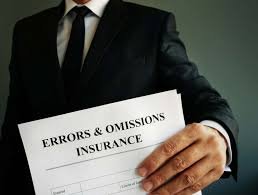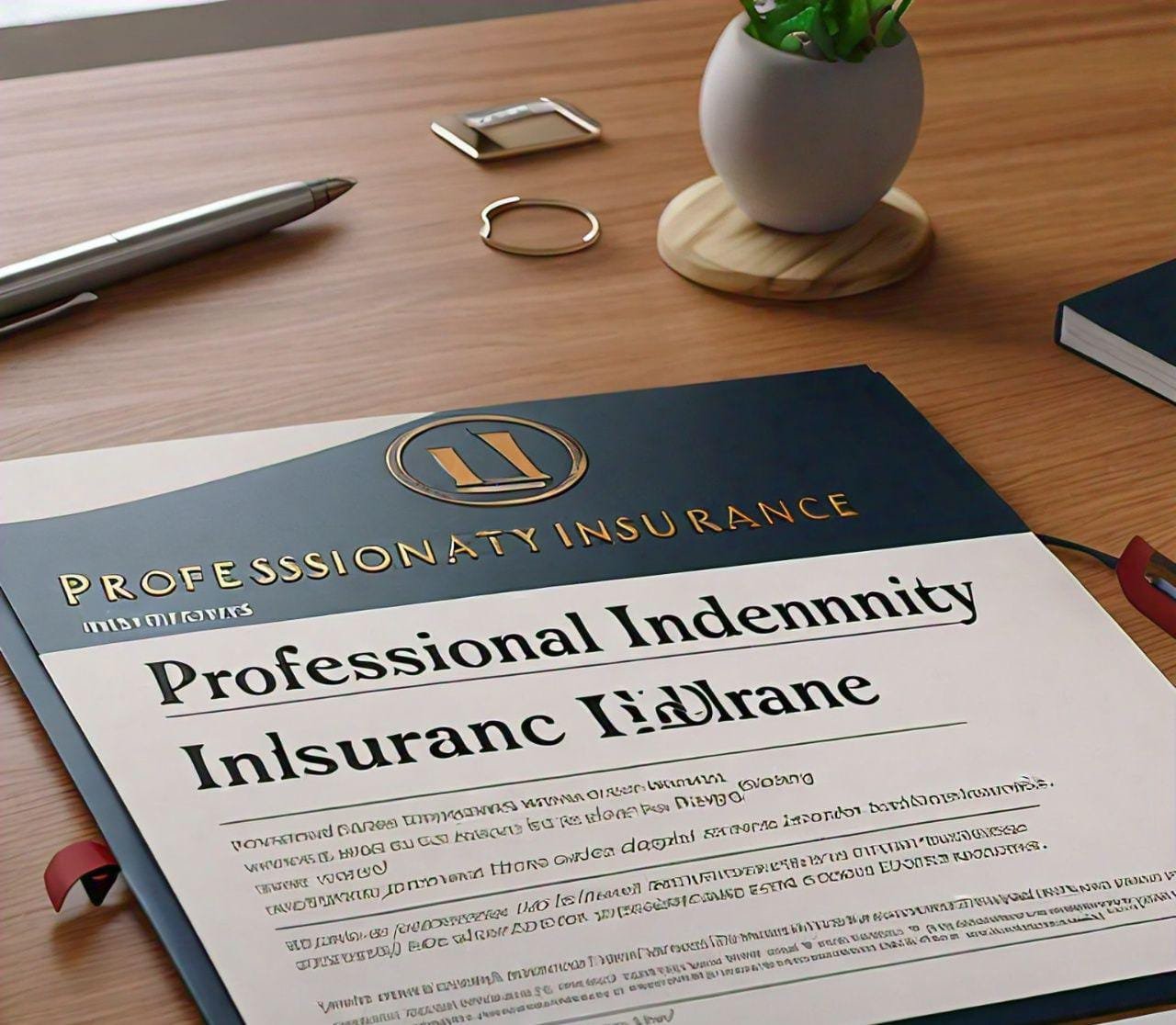Directors and Officers (D&O) Insurance: A Comprehensive Guide
Directors and Officers (D&O) insurance is a type of liability insurance that protects individuals who serve as directors or officers of a company, non-profit organization, or educational institution from personal losses in the event of a lawsuit. This type of insurance is essential for companies, as it provides financial protection against legal claims made against directors and officers.
What D&O Insurance Covers
D&O insurance protects policyholders against lawsuits filed against them while they are officers or members of a board of directors. Directors and officials of for-profit companies, privately owned companies, not-for-profit organizations, and educational institutions can all be covered by this kind of policy. A D&O policy consists of many components, referred to as “Sides,” which include:
- Side A: provides protection to a company’s executives and directors in the event that the business is unable to reimburse the parties.
- Side B: Preserves the financial sheet of the business by compensating the organization when it indemnifies the people.
- Side C: Also referred to as “entity coverage,” this resolves disagreements about coverage distribution in situations when a securities lawsuit names the insured organization, its directors, and officers as co-defendants.
A company’s leadership may be the focus of a variety of accusations that might hold them accountable or liable. CEOs may be held accountable if their organization disregards legal requirements or fails to maintain a secure work environment. In addition, directors and officials may be held accountable if the firm is determined to be liable for losses resulting from operational errors and poor management.
Types of Directors and Officers Liability Insurance
The typical D&O insurance policy contains three types of insuring agreements. They’re commonly referred to as Side A, Side B, and Side C.
- Side A coverage: Provides protection for directors and officers against lawsuits in cases when the business declines to indemnify them or cannot afford to do so.
- Side B coverage: In the event that the firm does offer indemnity, it pays for the losses incurred by directors and officers.
- Side C coverage, also referred to as “entity coverage,” adds protection for the actual business entity.
The specific coverage that a firm chooses ultimately relies on the demands, history, financial situation, and distinctive features of its business model.
Do I Need D&O Insurance?
Depending on your company’s size and type, yes. However, in general, D&O insurance ought to be carefully considered. 25% of private firms experienced a D&O loss during a three-year period, with 96% experiencing a negative financial impact, according to a Chubb survey. Therefore, even if D&O insurance isn’t required for every kind of business, it’s reasonable to conclude that any organization that employs a board of directors would be prudent to take D&O insurance into consideration.
Do Small Businesses Need D&O Insurance?
Costly lawsuits are not unheard of for small firms. Claims that are directed at specific members of the company’s leadership as well as the business itself often consist of the following:
shareholder lawsuits regarding the performance of the firm or its shares.
Investors or creditors filing lawsuits alleging mismanagement or breach of fiduciary duty.
falsification in a prospectus.
decisions that go beyond what a business executive is authorized to make.
disregard for legal requirements or restrictions.
HR concerns and employment procedures.
Claims about pollution and other regulations.
liability in cyberspace.
What’s Excluded?
Standard exclusions in a D&O policy typically include:
deception.
Individual gain.
Accounting for profits and other unlawful exclusions from remuneration.
Litigation is both past and ongoing.
Notice of prior (late) claim.
Personal injury/damage to property.
Claims involving insured vs. insured.
ERSA.
The Added Value of Protecting Company Leaders
In addition to covering lawsuits brought against corporate executives, directors, and officers, liability insurance offers a number of other advantages, such as the following:
Maintain capable leaders: If your company exposes potential directors and officers to personal liability, many of them may be unwilling to join. This problem is addressed in part by D&O liability insurance.
Draw in investment: Before making an investment, venture capital and private equity firms frequently demand that businesses get D&O coverage.
Pay legal costs: In the event that directors and officers are found not guilty, your company may have to pay hefty legal costs to defend its executives in a lawsuit. Legal expenses for your firm will probably be reimbursed if you have D&O coverage.
How Much Does D&O Insurance Cost?
Depending on a number of variables, including firm size, industry, risk tolerance, financial standing, revenue, and claims history, D&O insurance can have substantially different costs. When everything else is equal, companies with a longer history of operation will probably pay less than newer ones. According to data gathered by insurance marketplace Insureon, the average yearly cost of D&O insurance for its clients was $1,240.
What Type of D&O Insurance Should I Buy?
The kind of D&O insurance your business can afford and what it requires will determine which type you select. Here are some key points to think about: should the policy cover managers just (Side A) or the










